Aquarium crayfish molting: Guide to the skinning of Crayfish and shrimp in the aquarium. The moulting of crabs is not only fascinating if one could participate in it, but also very important for the animals. No growth without molting. Everything you need to know about moulting, such as the risks, what you should consider, how often crabs or shrimp moult, can be found in this guide.
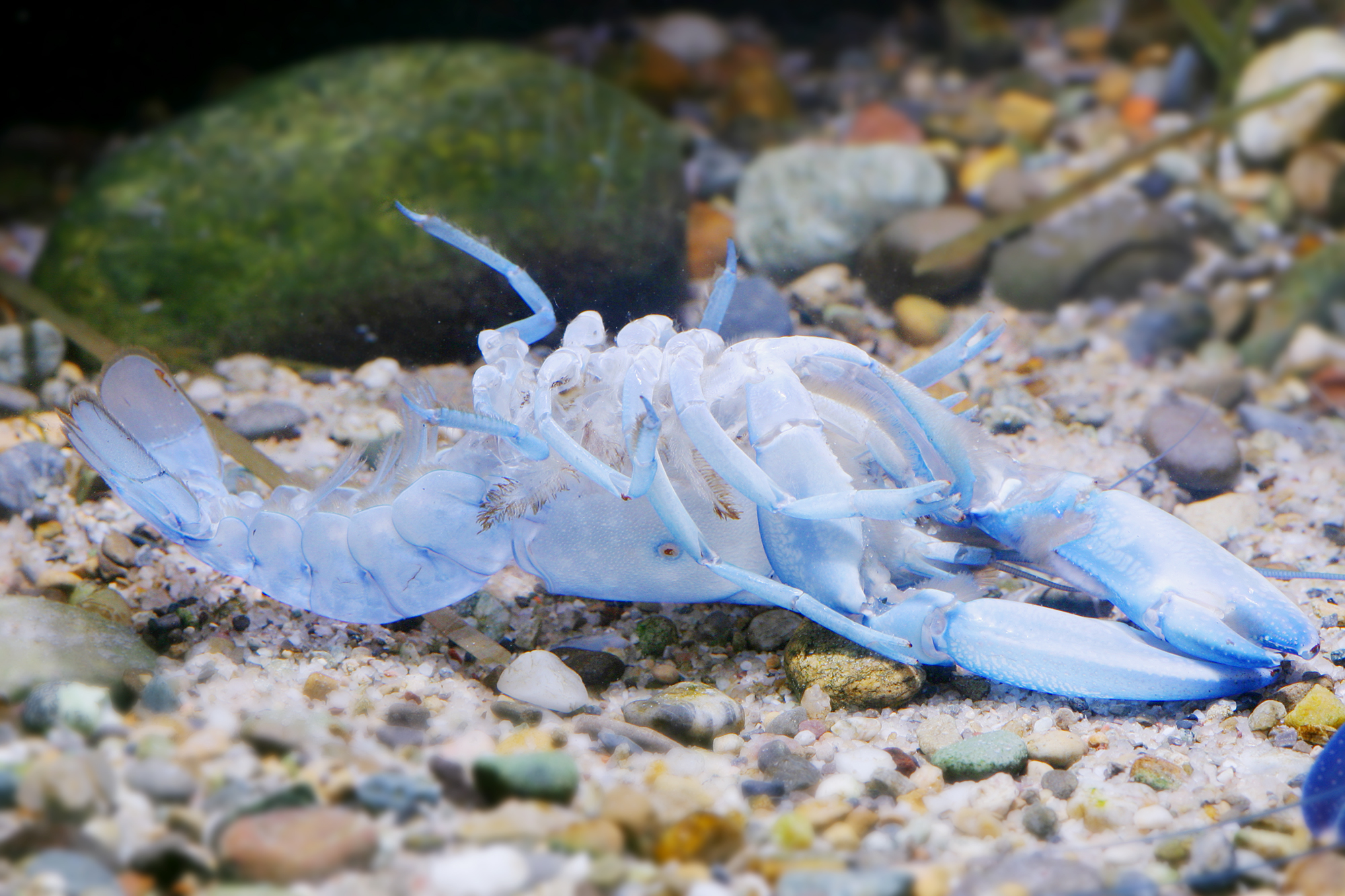
Crayfish molting: why do crayfish and shrimp molt in the first place?
First, the question of why must be answered. Crayfish do not have scales or a thin skin like fish, but crustaceans and shrimp also have chitin in a kind of solid shell, which does not grow with them. The chitin shell has calcium deposits, which the cancer already stores on its stomach wall in order to generate a new shell from it. This is also the basis and the first building material for the new tank.
Above all, this armor offers them protection against predators, weather influences, stones and other injuries. In terms of growth, however, it has some disadvantages. Because the body needs to expand to grow, the hard and strong shell gets in the way. Growth is therefore not possible. That is why nature has set up molting here. Whenever the next growth step is due, the hard shell has to give way and a new one grows back or forms. This process is called moulting and takes place in crabs and shrimp.
How often do crabs and shrimp molt?
There is no general answer to this question and it mainly depends on the age of the animals. Young animals, which are still growing, often shed their hard skin. This can happen every few days, or even daily. In older animals, this period is extended to up to a few weeks. A fixed distance cannot be mentioned here either. It also depends on the animal and its species. There are differences here too.
Older crabs in particular usually no longer molt at all. However, if they suffer damage to their limbs, then moulting will initiate regeneration there as well.
How do crabs and shrimp molt?
Shedding the crabs and shrimp is an exhausting process. This is initiated in advance by reduced food intake. Crayfish usually stop eating. In addition, the current tank also becomes dull and colorless. Another indication that molting is imminent. The actual moulting process can last from a few minutes to hours, even up to a day. A lot of effort is required at this time. The animal's body is inflated with water, creating fractures in the old shell. This makes stripping easier.
The old skin or the old chitin armor is completely stripped off. Not only from the body, but also from the feet and antennae of the crab. We have attached a video for you here, which clearly shows this process again. After moulting, the "butter crabs" are initially weakened and also vulnerable to predators until the skin hardens again. Incidentally, the limbs such as the scissor legs and the feelers are hardened first so that they can quickly eat again. Butter shrimp gets its name from the soft, buttery shell. This usually takes up to a week to set again. This requires the previously stored calcium. So this should be present especially in the aquarium water. Otherwise it can quickly lead to moulting problems.
Incidentally, the calcium is still stored or withdrawn from the old shell in order to use it to restore the new shell.
In the following pictures you can see step by step using the example of the blue yabby cherax destructor how the moulting takes place. You can also see the worn cover very well in the last pictures. A real tour de force for cancer.
Incidentally, crabs very often eat up their shed shell, so it is possible that you will not see this shell. However, this only happens some time after moulting and does not take place immediately.
After moulting, the animals very often hide in caves or under plants and also refill their balance organs.
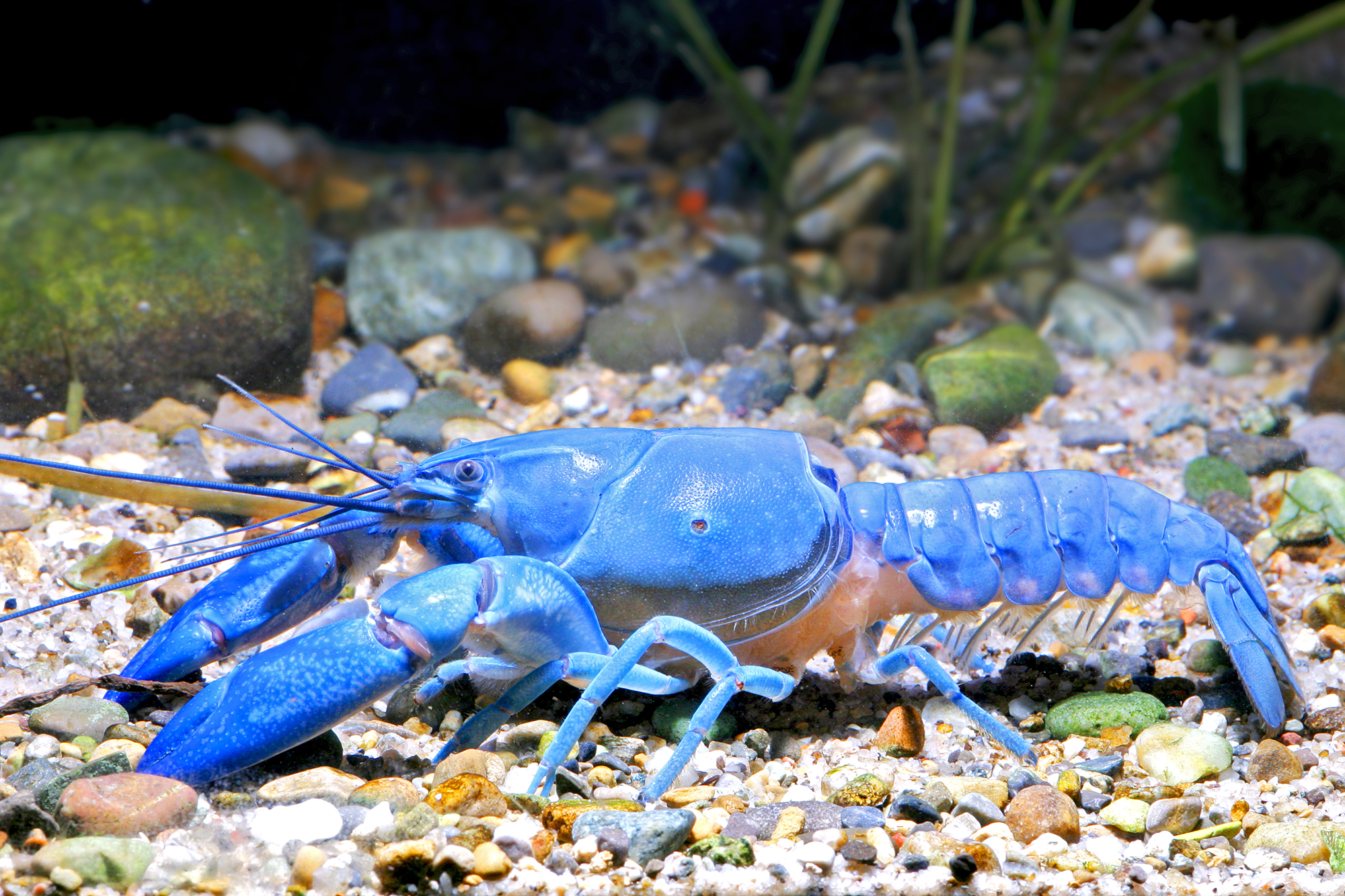
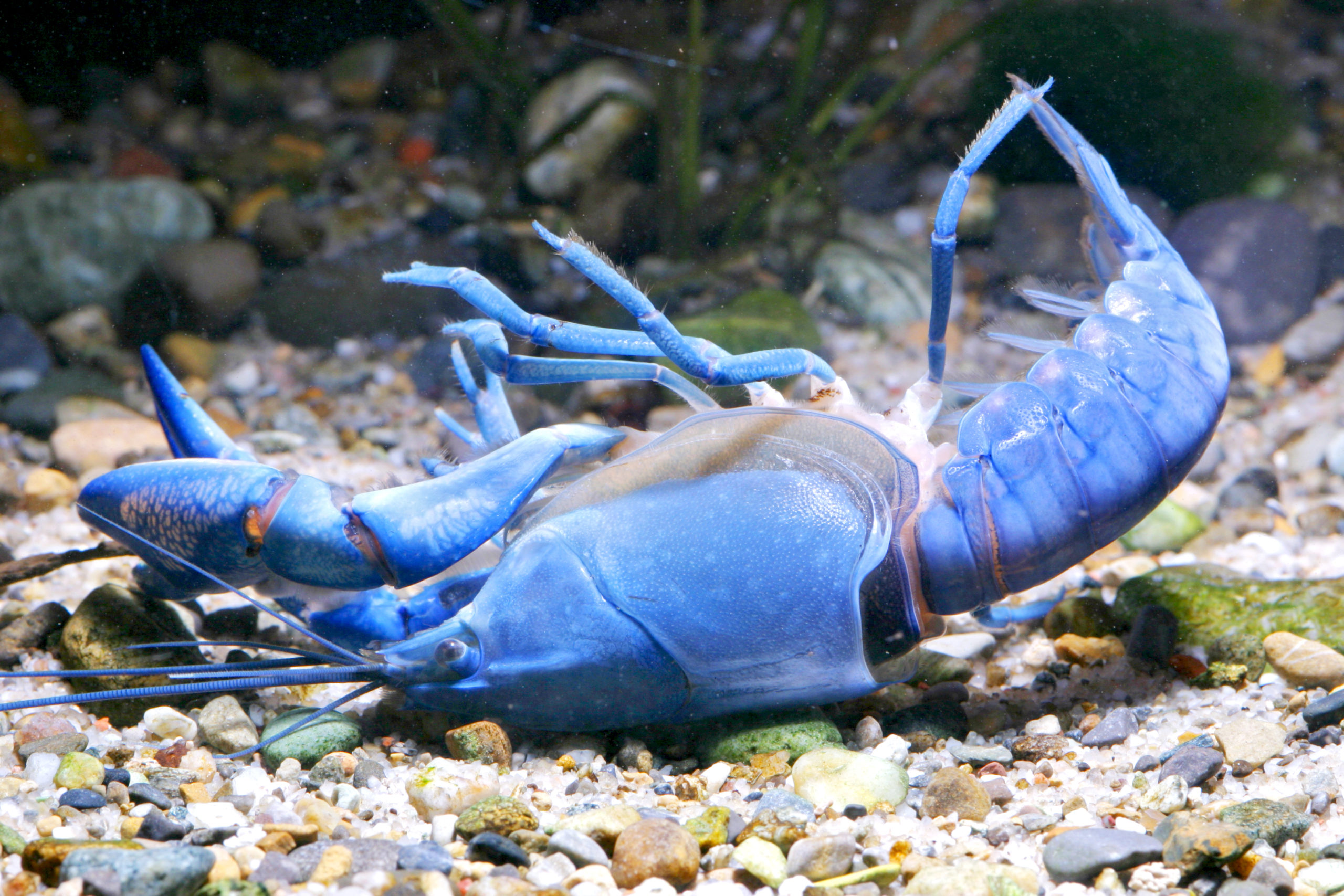
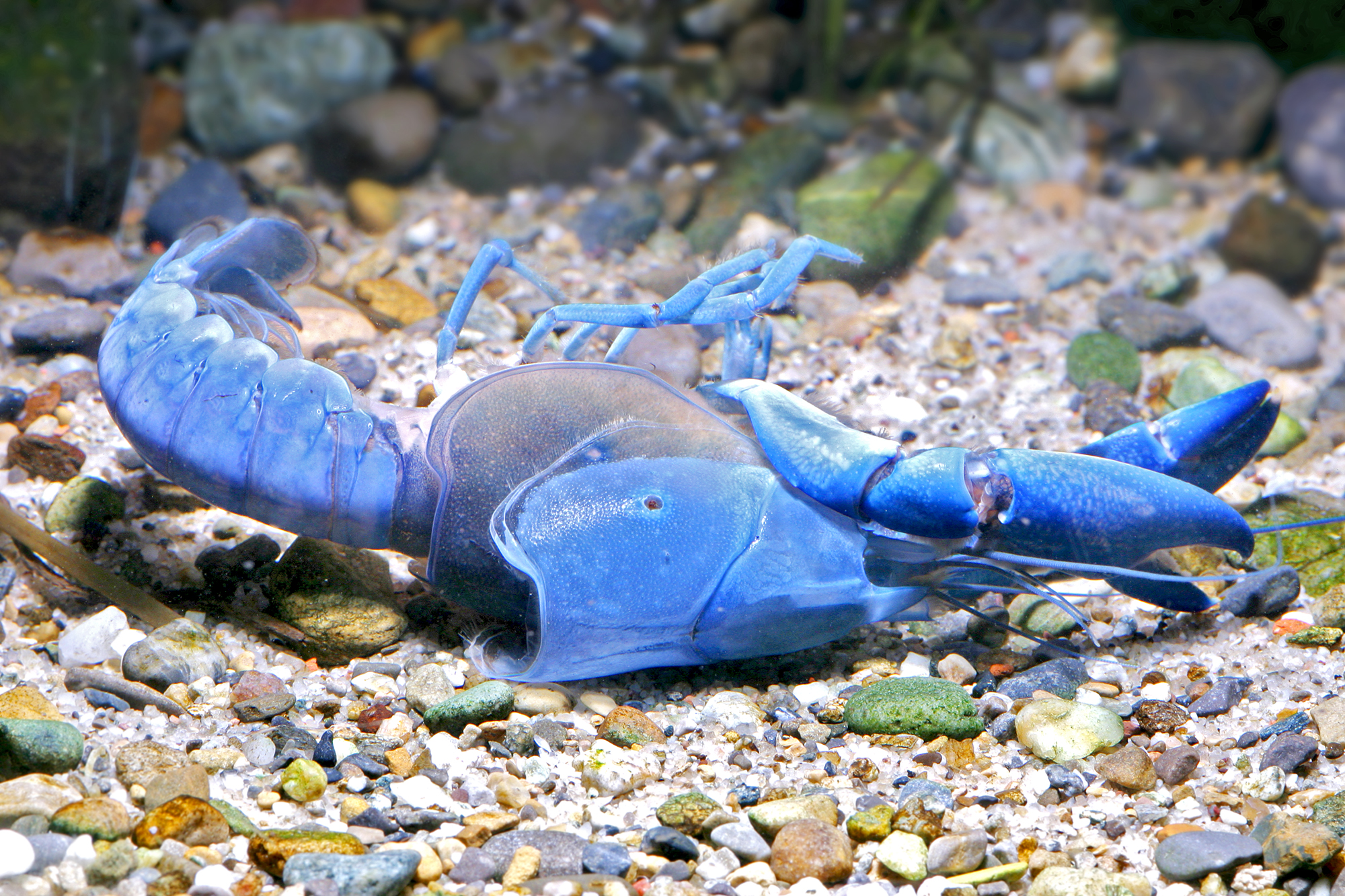
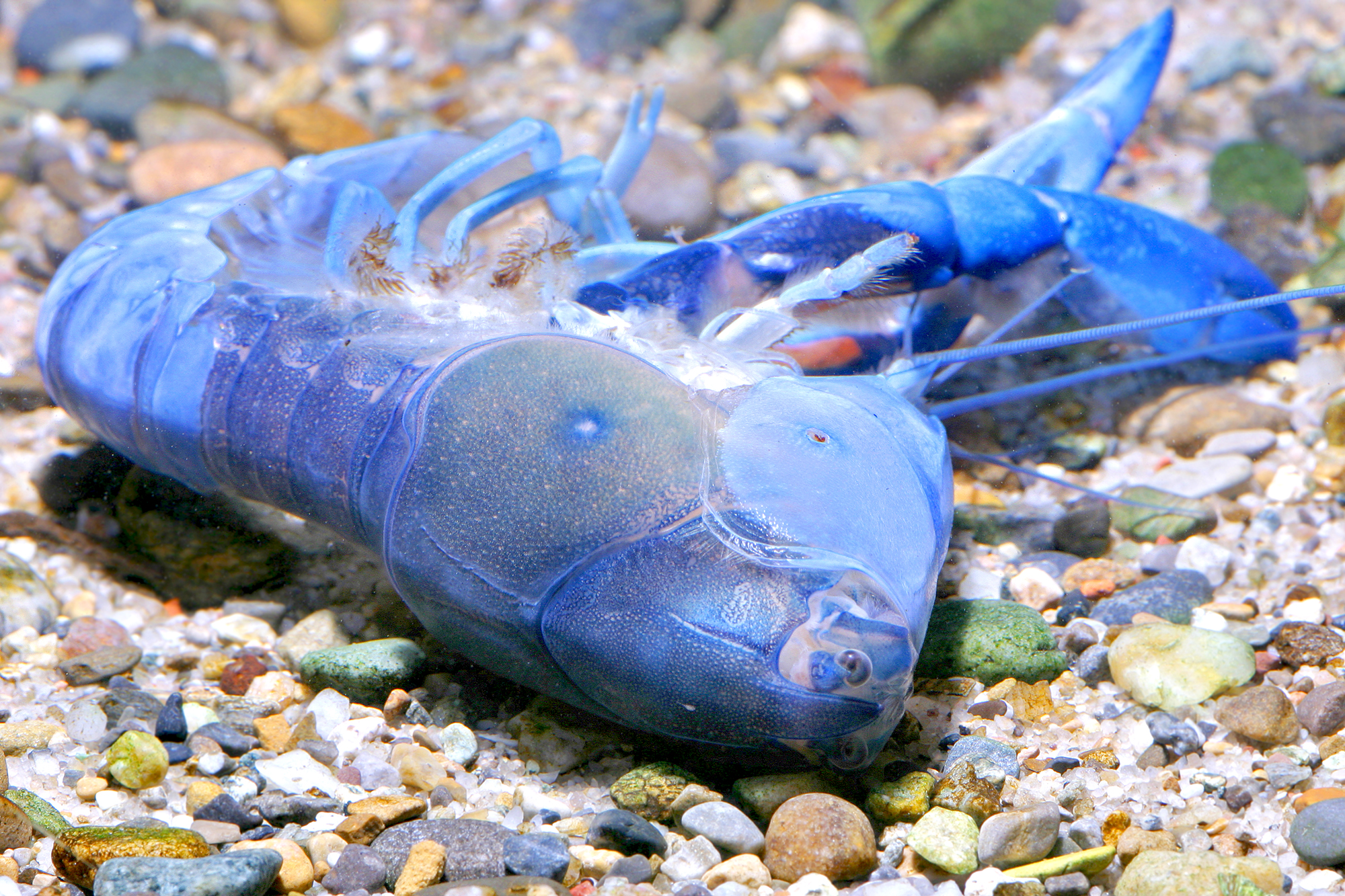
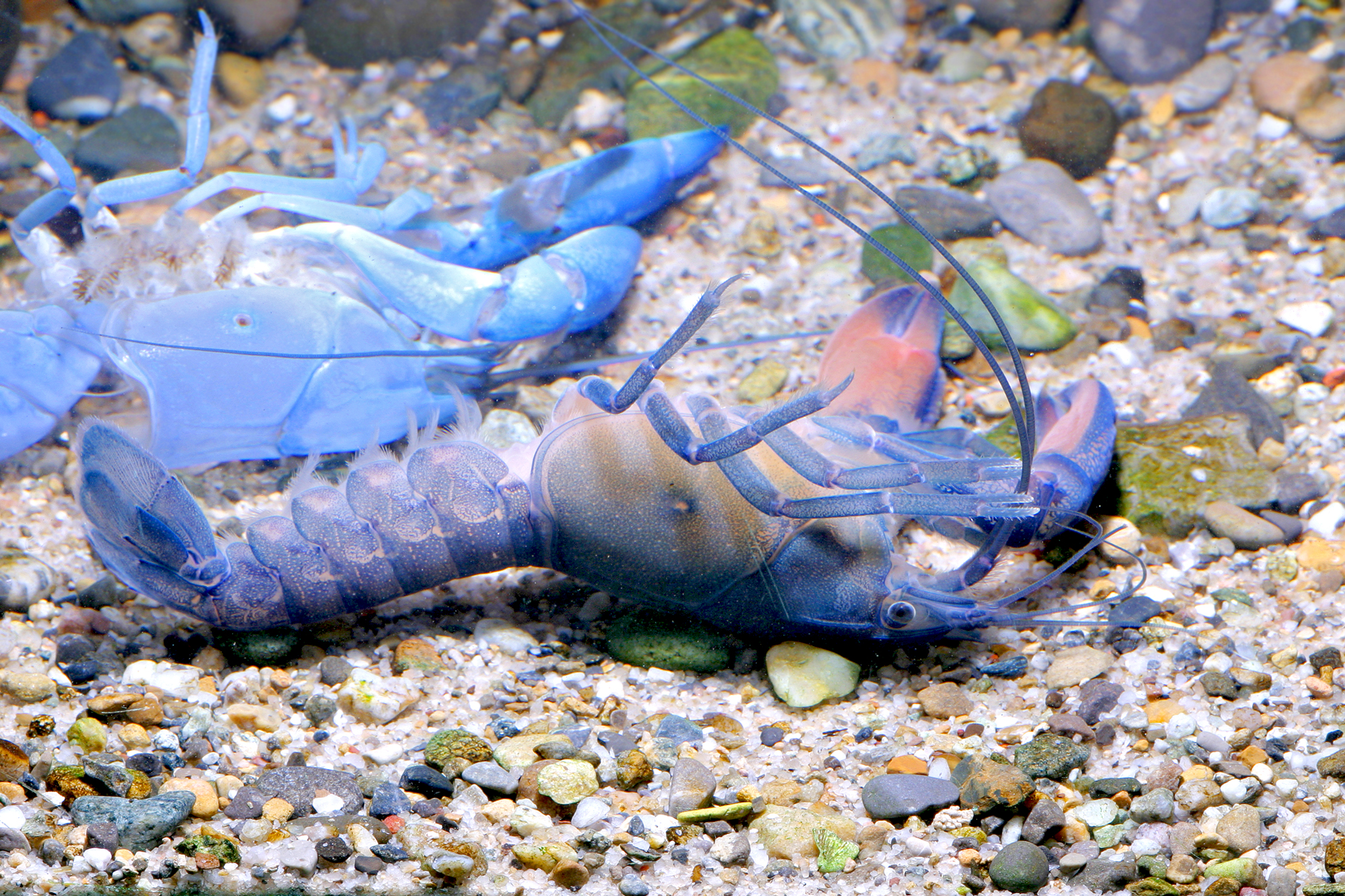

Are there certain risks when molting?
Yes there is, unfortunately. Many crayfish deaths are due to molting. If the animals are weakened, molting can often be fatal. Of course this is not the norm.
But there are also other dangers during or after moulting. If the skin is off, then the crabs are without any protection. That is why they are also called butter crabs at this stage. The outer skin is still soft. You have to be careful, especially with predatory fish. They very often attack the crabs.
Therefore, one should be careful when socializing the animals. In this phase in particular, the animals are defenseless.
Furthermore, care must also be taken when setting up that sufficient hiding places are offered.
Caution is also required in this phase when changing the water values. The still defenseless animals react strongly to this.
How can I support the molting of crabs and shrimp?
Since, as already described above, the crabs need calcium again after moulting in order to restore the strength of the chitin shell, it is important to provide them with sufficient minerals and nutrients. This should already be done before molting, because the crab builds up a supply on the abdomen. The trade offers a number of different preparations, which should always be mixed with the feed. The water quality should also be appropriate.
On the one hand, further support and thus protection against unnecessary stress is the right one stocking in the aquarium and on the other hand the right equipment.
If you want to start moulting faster, adding cold water or reducing the water temperature usually helps.
Crayfish molting: our conclusion
The shedding of crabs and shrimp is a process that affects the entire metabolism of the animal. It is essential to keep growing. A facility of nature, which means special attention. Anyone who has already seen their crayfish molt in their aquarium will remember this spectacle.
Above all, ensure that the necessary measures are taken to ensure that the animals can continue to grow and grow old.



